Excerpt: I Know the Psychology of Rats by Saeed Mirza
I Know the Psychology of Rats, which is being launched in New Delhi on December 10, is filmmaker Saeed Mirza’s tribute to his friend and collaborator Kundan Shah who died in 2017. This extract talks about the making of the cult film, Jaane Bhi Do Yaaro
The Celebration
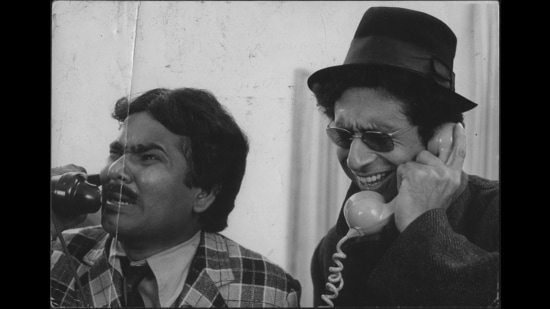
Kundan’s first film was a grand undertaking.
As soon as word spread that he was planning a film, a large number of his batchmates, some with and some without his permission, announced their intentions of getting involved: some, including me, as advisors, as writers, as assistant directors, and in the camera, editing and sound engineering departments. A group of graduates from the National School of Drama and a couple of freelancers joined the creative process too.
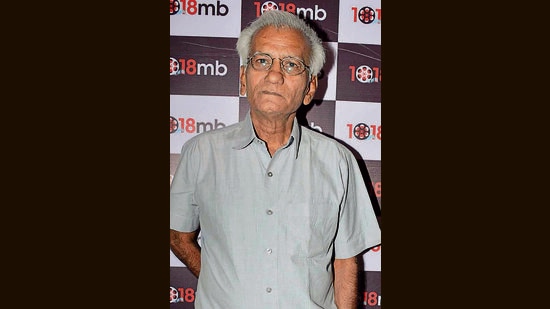
Then they got the good/bad news.
The script was approved in principle but needed to be improved with the help of a ‘script advisor’. This was absolutely critical. A copy had been sent to the ‘advisor’ and Kundan would have to meet him. There was a small celebration as Kundan headed to the Corporation office to find out the details of this development. He returned two hours later and informed us that the meeting was fixed for 11 am the next day.
“Who is the advisor?”
“I am not supposed to reveal the name.”
A twist in the tale.
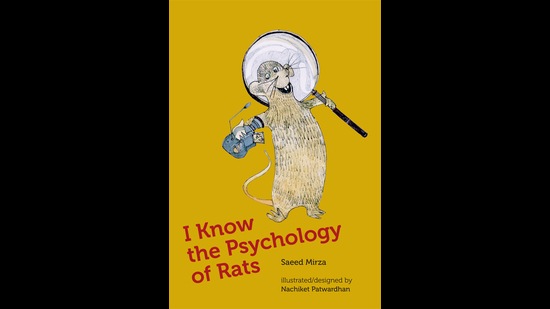
It must have been a long meeting because Kundan returned to his home/office at around 3 in the afternoon, where the entire crew of about a dozen people waited to hear about what happened.
Kundan smiled broadly and said, “The script is through, no changes. I even had lunch with the advisor.”
There were cheers all around.
“Why the hell didn’t you call the office and tell us that the script was through?”
“I was enjoying my lunch.”
“What did the advisor say?”
“He said that he had read the script thoroughly and gone through the comments of the script committee. He felt that if I heeded those comments it would destroy what I had.”
“He said that?”
“His actual words were: ‘Your script is like snow. If you make those changes, it will turn to ice.’ He then called the Corporation and told them what he had told me. They accepted it. We are making the film with no changes.”
There were cheers all around once more.
So what was the twist in the tale?
The ‘script advisor’ was my father. He had never met Kundan, nor had I talked about him when I visited my parents. When Kundan reached the Corporation office, he was given a note that had the name and address of the ‘script advisor’. He realized it was my father, but he didn’t tell me. They met each other independently, without any baggage.
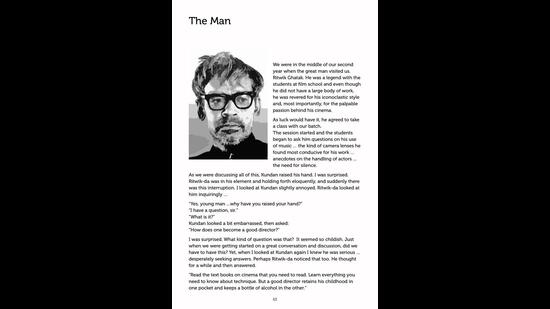
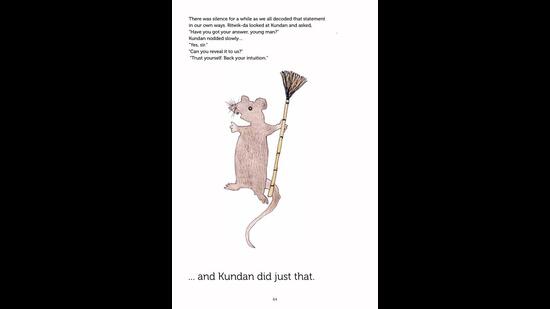
The making of Jaane Bhi Do Yaaro would be a hilarious film in itself.
What Kundan was attempting to do in this film were two basic and contradictory things that could not be reconciled. If this would not cause havoc, what would? Simply put, his script was too long, the budget was too small.
Let me explain the problem a little more clearly. To shoot and edit the entire script would require a certain number of days. The budget that he had would allow him just two-thirds of that time. Since he was not going to cut down his script and his budget would not be increased, how the hell would he manage?
It was a crisis waiting to happen.
What transpired during the shoot and editing is the stuff of legends. Can anyone imagine how a film with these basic contradictions could be even completed? Kundan, along with two other stalwarts, his editor Renu Saluja and his co-writer and assistant director Sudhir Mishra, and the occasional 36-hour continuous shooting shift, made sure it was.
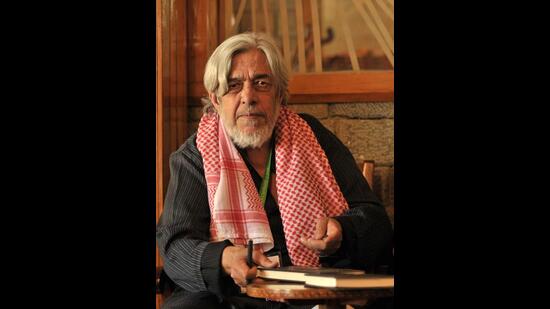
The net result was a great film where the budget was ‘miraculously increased’, shooting time was stretched to the point of cast and crew exhaustion, and almost one-third of what had been shot was left out in the editing bins.
The film did make a mark when it was released, but not as much as we had expected. Perhaps its political undertones, bizarre and sometimes absurd situations and cultural references made things a little difficult to digest. As time went by, its message and stance began to resound with newer generations and the film is considered a classic today. In fact, it is considered one of the hundred greatest films ever made in India.
All Access.
One Subscription.
Get 360° coverage—from daily headlines
to 100 year archives.



HT App & Website







